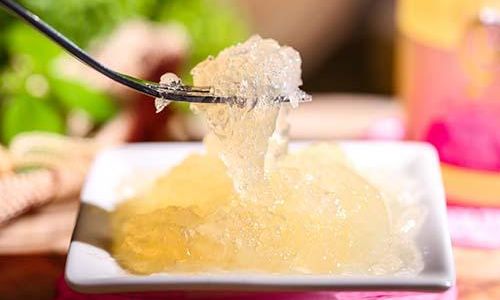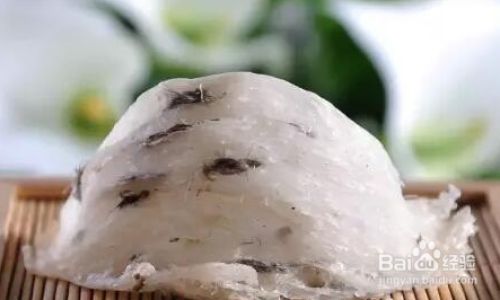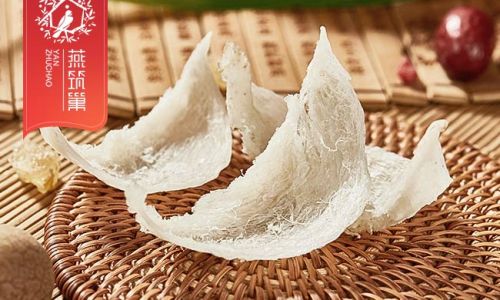Introduction

In the tapestry of seasonal fruits, the waxberry, also known as the red bayberry (Myrica rubra), stands out with its vibrant hue, juicy flesh, and a unique blend of tart and sweet flavors. Native to China and widely cultivated in East Asia, this fruit has been cherished for centuries not only for its delightful taste but also for its medicinal properties. As summer approaches, the waxberry season arrives, bringing with it a myriad of culinary possibilities that transcend the simple act of eating fresh off the tree. This article delves into the various ways to enjoy waxberries, from traditional preparations to innovative modern recipes, offering a comprehensive guide for food enthusiasts and adventurous eaters alike.
The Basics: Understanding Waxberries
Before diving into the culinary wonders of waxberries, it’s essential to understand their basic characteristics. Waxberries are small, round fruits with a smooth, glossy skin that ranges from deep red to almost purple. Their flesh is juicy, slightly acidic, and can be either sweet or tart depending on the variety and ripeness. The fruit contains a single hard seed, which is usually discarded when eating.
Waxberries are rich in vitamins C and A, antioxidants, and dietary fiber, making them a nutritious addition to any diet. Their short shelf life, however, necessitates prompt consumption or preservation methods to fully appreciate their freshness.
Fresh and Simple: Direct Consumption
The most straightforward way to enjoy waxberries is to consume them fresh. Simply rinse the fruits under running water to remove any dirt or debris, then pop them into your mouth. The burst of juice and the balance of sweet-tart flavors make for an instant refreshment, especially on hot summer days. For an added twist, try chilling the waxberries in the refrigerator for an hour or two before eating; the cold temperature enhances their juiciness and provides a delightful contrast to the warm weather.
Sweetening the Deal: Waxberry Syrup and Jam
For those who prefer a sweeter touch, transforming waxberries into syrup or jam is a delightful option. To make waxberry syrup, combine cleaned and stemmed waxberries with sugar in a ratio of about 2:1 (fruit to sugar). Add a splash of water and simmer over medium heat until the fruit breaks down and the mixture thickens to a syrupy consistency. Strain out the seeds and pulp if desired, and let the syrup cool before bottling. This syrup can be used as a topping for ice cream, yogurt, or pancakes, or mixed into beverages for a fruity twist.
Waxberry jam follows a similar process but typically includes the addition of lemon juice and pectin to ensure a firmer set. Once cooked and cooled, the jam can be spread on toast, used as a filling for pastries, or gifted to friends and family as a homemade treat.
Beverage Bliss: Waxberry Juice and Cocktails
Waxberries are a natural fit for beverages, offering a vibrant color and refreshing taste. To make waxberry juice, blend cleaned waxberries with a small amount of water or ice until smooth, then strain through a fine sieve to remove seeds and pulp. Sweeten to taste with honey or a natural sweetener if desired. This juice can be served chilled as is, or used as a base for smoothies, sorbets, or even mocktails.
For cocktail enthusiasts, waxberry juice serves as an excellent foundation for creative concoctions. Mix it with gin, vodka, or sparkling water for a light and refreshing summer drink. Adding a splash of lime juice or a handful of mint leaves can elevate the drink further, creating a balanced and delightful cocktail that showcases the best of waxberry’s flavors.

Savory Delights: Waxberry in the Kitchen
Beyond sweet preparations, waxberries can also be incorporated into savory dishes, adding a unique twist to familiar recipes. One popular use is in stir-fries, where the fruit’s tartness complements the savory flavors of meat, seafood, or vegetables. Simply halve or quarter the waxberries and add them to the stir-fry during the last minute of cooking to retain their texture and freshness.
Waxberries can also be used to make pickles or relishes, adding a tangy note to sandwiches, burgers, or salads. To pickle waxberries, combine them with vinegar, sugar, salt, and spices like mustard seeds or red pepper flakes. Let the mixture sit for a few days before refrigerating, allowing the flavors to meld and develop.
Dessert Delights: From Tarts to Ice Creams
In the realm of desserts, waxberries shine brightly. They can be used to top tarts, pies, or crumbles, providing a burst of color and flavor that contrasts beautifully with a buttery crust or a warm filling. When making a waxberry tart, consider pairing the fruit with a light almond cream or vanilla custard to balance its tartness.
For those with a sweet tooth, waxberry ice cream is a dream come true. Puree cleaned waxberries and mix them into your favorite ice cream base, then churn according to your ice cream maker’s instructions. The result is a creamy, fruity treat that captures the essence of summer in every spoonful.
Innovative Uses: Beyond Traditional Preparations
The culinary possibilities of waxberries don’t end at traditional preparations. Food enthusiasts and chefs are constantly pushing the boundaries, incorporating waxberries into dishes that might seem unconventional but are undeniably delicious. For instance, waxberry vinegar adds a unique tang to salad dressings, marinades, and even cocktails. Simply steep cleaned waxberries in white wine vinegar or apple cider vinegar for a few weeks, then strain and bottle the infused vinegar for later use.
Waxberries can also be dried and powdered to create a natural sweetener or flavoring agent. This powder can be sprinkled over yogurt, cereal, or baked goods, adding a subtle hint of waxberry flavor without the mess of fresh fruit.
Conclusion
The waxberry, with its vibrant color and complex flavor profile, is a versatile fruit that invites endless culinary exploration. From simple fresh consumption to elaborate desserts and innovative preparations, there are countless ways to enjoy this seasonal delight. Whether you’re a home cook seeking to impress your family with a new recipe or a professional chef looking to add a unique twist to your menu, waxberries offer a world of possibilities. As you embark on your waxberry culinary journey, remember to experiment, taste frequently, and enjoy every moment of discovery. The sweet-tart taste of a perfectly ripe waxberry, after all, is a reward worth seeking.






0 comments